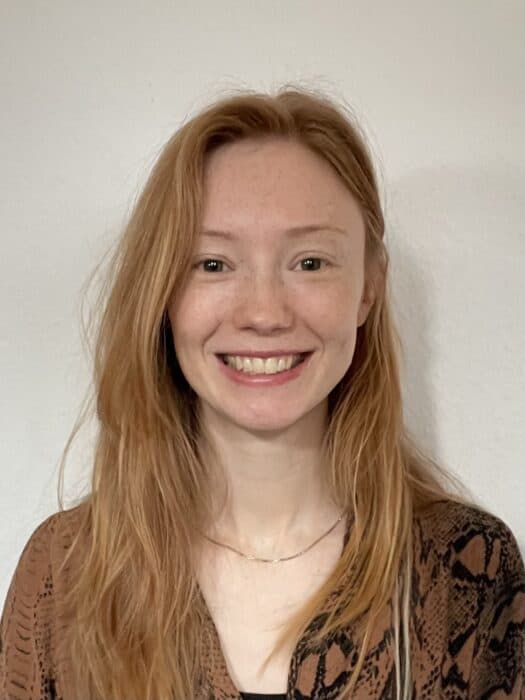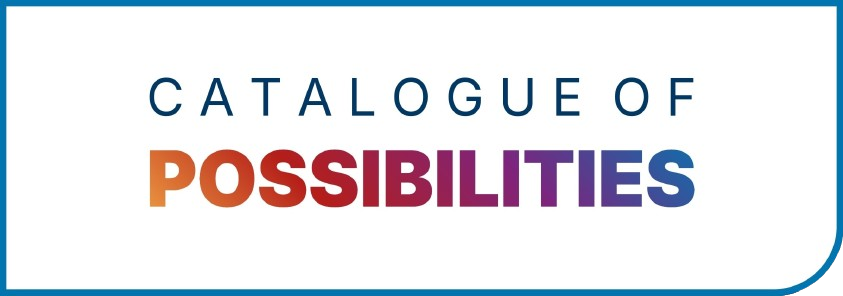Dr Kayla Fallon she/her

Research Scientist
Strategic Research Areas
Our Materials and Condensed Matter Physics Group studies a wide range of materials – from 3D-printed magnetic nanostructures and structured magnetic materials to topological insulators, barocalorics, and even meteorites. We primarily use electron and ion beam microscopies to link structure to function, and the group also has a strong track record in developing new methods in electron microscopy.
My own work has focused on various aspects of magnetic skyrmions in multilayer systems. During my doctoral and postdoctoral research, I developed expertise in Lorentz microscopy, which allows us to image magnetic spin textures with high resolution. These systems are fascinating both from a fundamental physics perspective and because of their potential role in low-power electronics.
As part of my current role I coordinate access to our microscopy facilities for colleagues across the university. This has given me the chance to contribute to projects beyond magnetism – such as battery materials in chemistry and resonator devices in engineering. I enjoy the variety of these collaborations, and the opportunity to learn from different disciplines. A challenge that particularly interests me is emerging detector technology, which generates both vast and information-rich datasets. I see great potential for collaboration with computing science here, both to develop new techniques to efficiently handle this data and to use the richness of the data to improve existing imaging methods (or develop new ones).
Although I have not yet been a primary supervisor, I have acted as an involved second supervisor for two students, both of whom have gone on to secure research positions at national facilities or postdoctoral posts. I value open communication, encouragement and a supportive environment, and I aim to bring those qualities into future supervisory roles.
I am also committed to embedding inclusive practices in my work as I develop my career. Research benefits enormously from diverse perspectives, and I want to contribute to a culture where that diversity is actively welcomed and supported.
Outside the lab, I enjoy tending to my tiny garden, hosting meals for family and friends, spending time with my two cats, and exploring as much of Scotland as I can!

